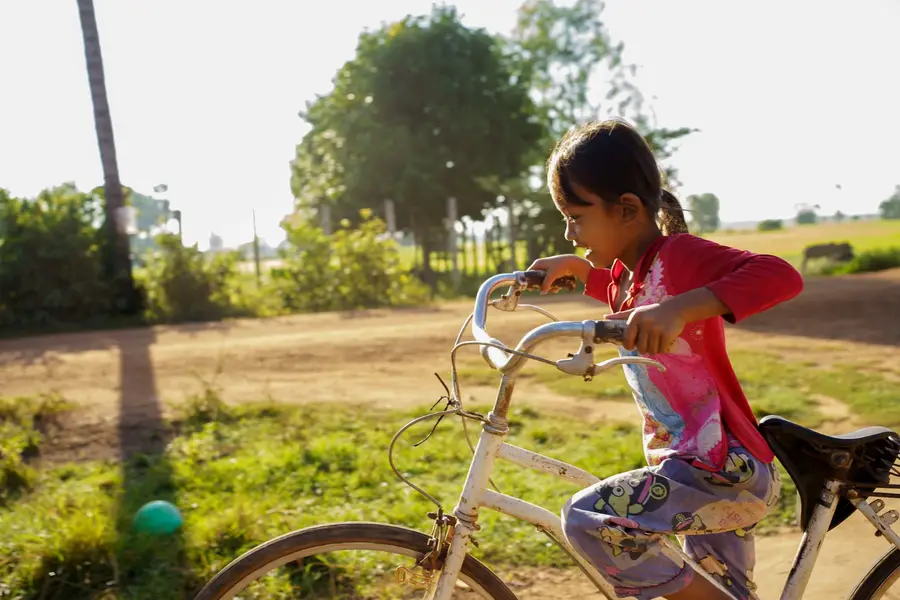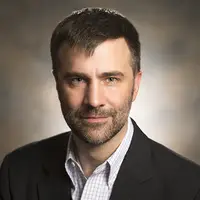
Photo credit: Thomas Cristofoletti for RTI International
Every field has its trends – progress is found in the ones that stick.
I’ve seen countless trends come and go in my 25 years in international development. I’ve tried to be an optimist, with a side of healthy skepticism about changes that sound good but mean little or may be old wine in new bottles. Our field has seen its share of hype that fizzles and shiny innovations that overpromise and underdeliver.
Yet in the past few years, I’ve also seen some encouraging trends that are sticking. As we enter 2024, I have high hopes for three trends that are significantly changing and shaping international development for the better.
Each of these trends focuses on inclusive, effective development and making a meaningful difference in people’s multi-faceted lives.
You’ve likely heard them mentioned a lot in 2023, but don’t let their buzzwordiness fool you: These international development trends are here to stay and, in this blog, I share my thoughts on why that is and what’s next for them in 2024.
Trend 1: Locally Led Development
By prioritizing locally led development (LLD), donors and implementers are transforming in fundamental ways to intentionally bring those closest to development issues to the table and harness overlooked solutions and voices to make an impact on long-standing challenges.
In the past, development all too often operated in a vacuum, with programs designed in procurement-sensitive darkness and rolled out based on proposals developed from afar. I’m encouraged by USAID’s increasing use of alternative ways of doing business, like co-creation, which brings people together to collectively define problems and jointly design more effective solutions. Co-creation, itself a work in progress, is becoming the new norm as the agency and its partners use more inclusive, participatory approaches to better involve local actors.
RTI announced expanded commitments to co-creation and other LLD actions last year that are changing our workforce and operations. And on a recent trip to Laos, I took part in co-creation of a new USAID higher education project. The enthusiasm and energy of the universities, private sector actors, and government partners we consulted told me we are on the right track with co-development as they shared the challenges they face, the opportunities they see, and how they want to engage with the program. We then gathered for a one-day workshop to jointly test and refine solutions that now form the components of the resulting USAID program. Using approaches like this to align development programs better with the priorities of our counterparts and the contexts in which they take place is better positioned to achieve impact that will stand the test of time.
In 2024, expect to see more progress in LLD, such as improvements in local ownership of development data – a movement with momentum both in narrative and in action. I’m hopeful that we’ll see more local actors involved in and leading processes to design indicators as well as collect and analyze data useful to them, which will require action on data rights and governance.
Trend 2: Just Energy Transitions
The development community and its funders are embracing a just energy transition (JET), which recognizes that as countries transition from carbon-heavy economic development to more sustainable growth (also called “green growth”), they must consider the impact of these changes on diverse populations, employ customized community-led approaches, and help individuals and communities navigate this change.
Re-skilling workers will help people, especially youth, find new jobs and opportunities in the green economy and entire regions and communities find alternative avenues for growth and prosperity. For example, as green jobs of the future will require workers skilled in STEM, effort to include more women in scientific fields is needed to ensure they are not left behind. USAID made recent announcements about its commitment to JET at COP28, including new partnerships with indigenous communities and investing in training and re-skilling workers for the green economy.
Countries that commit to JET are accessing more funding for their development. South Africa and Indonesia agreed to JET partnerships that came with $12.5 billion and $20 billion, respectively, in commitments to finance their JET strategic plans. Despite challenges in follow through on commitments by some development financers, expect to see more countries exploring this transformative model to unlock finance for inclusive green growth – and by association more inclusive, effective development – in 2024.
Trend 3: Multi-sectoral Programming
In recent years, development donors like USAID have recognized that coordination among donors and collaboration across projects is necessary but not sufficient to address complex root issues. We have seen a rise in funding of integrated, multi-sectoral approaches in a growing number of programs that work at the nexus of health, governance, education, environment, and agriculture, among others. Implementers are now making those approaches work in practice to deliver meaningful, holistic change in people’s multifaceted lives.
In health, the integration of good governance and climate change approaches are helping to deliver stronger, more resilient health services and, as a result, better health outcomes. RTI announced its new Center for Thriving Children last year, which brings together education, health, nutrition, and water, sanitation, and hygiene experts in early childhood development to lead interdisciplinary research and support multisectoral programs in places like Cambodia and through global mechanisms.
COP28 received praise for hosting the first-ever health day devoted to the nexus of health and climate change and raised awareness of the need to better integrate health considerations into climate planning and investments. Expect to see new developments in public health and climate in 2024, building on the momentum of the COP and efforts by USAID to improve the productive use of energy for things like health facility electrification.
The through-line of each of these international development trends is a focus on inclusion, effectiveness, and meaningful, multi-faceted impact in the complex and changing lives of people and communities. I’m encouraged to see international development prioritizing these areas, as they are the foundational elements of more sustainable democratic societies where everyone can thrive. This year, I expect LLD, JET, and multi-sector programming to make further progress; they’re trends I hope will stick.

